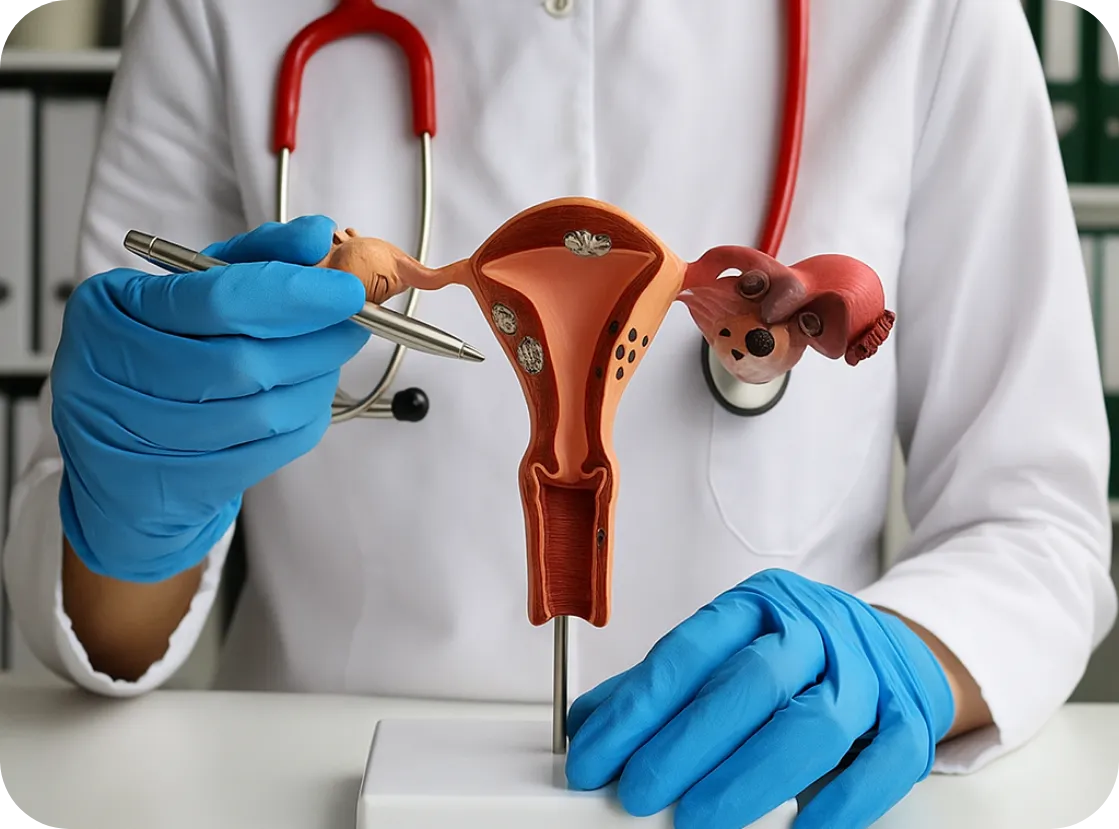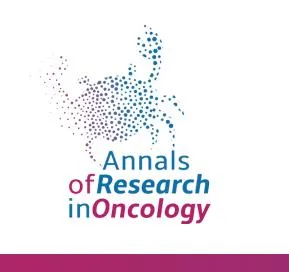Game Changer: World-First Endometriosis Research Institute Launched at UNSW, Fueled by Landmark Donation
By Our Daughters Foundation
Game Changer: World-First Endometriosis Research Institute Launched at UNSW, Fueled by Landmark Donation
By Our Daughters Foundation
This is truly a groundbreaking moment for the millions of individuals worldwide battling endometriosis. A landmark philanthropic donation of an incredible $50 million has been made to UNSW Sydney by the Ainsworth family, establishing the Ainsworth Endometriosis Research Institute (AERI). This monumental contribution, the largest of its kind globally for endometriosis research, is set to position Australia at the forefront of women's health innovation and offers unprecedented hope to the endometriosis community.
The purpose of this historic donation is clear: to accelerate breakthroughs in the diagnosis and treatment of endometriosis, ultimately striving for a cure. AERI's vision is to foster global collaboration, bringing together leading researchers, clinicians, and crucially, patients, to build a deep understanding of endometriosis biology and its pathogenesis. This comprehensive approach is designed to lead directly to improved detection, more effective management strategies, and precision-based treatments that can truly transform lives.

The potential impact on patient care and quality of life is immense. For too long, endometriosis has been misunderstood, misdiagnosed, and often inadequately treated. An institute dedicated solely to rigorous, collaborative research holds the promise of unraveling the complexities of this debilitating condition, leading to real, tangible improvements for those who suffer daily.
At Our Daughters Foundation, this news is incredibly vital to our mission. We are dedicated to funding cutting-edge research, expanding access to compassionate care, and advocating for better solutions for complex hormone-related illnesses like endometriosis. This establishment of AERI perfectly aligns with our commitment to finding answers and ensuring dignity in care for every woman and girl. It's a powerful testament to what focused investment and collaborative spirit can achieve in the fight against these often-neglected conditions.

Join us in celebrating this incredible milestone! Share this news with your networks, and consider supporting ongoing endometriosis research. Your contribution can help fuel more breakthroughs like this. Explore more about endometriosis and how you can help on our website.
Source Citation:
UNSW Newsroom: "Landmark donation powers world-first endometriosis research institute at UNSW"

This is truly a groundbreaking moment for the millions of individuals worldwide battling endometriosis. A landmark philanthropic donation of an incredible $50 million has been made to UNSW Sydney by the Ainsworth family, establishing the Ainsworth Endometriosis Research Institute (AERI). This monumental contribution, the largest of its kind globally for endometriosis research, is set to position Australia at the forefront of women's health innovation and offers unprecedented hope to the endometriosis community.
The purpose of this historic donation is clear: to accelerate breakthroughs in the diagnosis and treatment of endometriosis, ultimately striving for a cure. AERI's vision is to foster global collaboration, bringing together leading researchers, clinicians, and crucially, patients, to build a deep understanding of endometriosis biology and its pathogenesis. This comprehensive approach is designed to lead directly to improved detection, more effective management strategies, and precision-based treatments that can truly transform lives.
The potential impact on patient care and quality of life is immense. For too long, endometriosis has been misunderstood, misdiagnosed, and often inadequately treated. An institute dedicated solely to rigorous, collaborative research holds the promise of unraveling the complexities of this debilitating condition, leading to real, tangible improvements for those who suffer daily.
At Our Daughters Foundation, this news is incredibly vital to our mission. We are dedicated to funding cutting-edge research, expanding access to compassionate care, and advocating for better solutions for complex hormone-related illnesses like endometriosis. This establishment of AERI perfectly aligns with our commitment to finding answers and ensuring dignity in care for every woman and girl. It's a powerful testament to what focused investment and collaborative spirit can achieve in the fight against these often-neglected conditions.

Join us in celebrating this incredible milestone! Share this news with your networks, and consider supporting ongoing endometriosis research. Your contribution can help fuel more breakthroughs like this. Explore more about endometriosis and how you can help on our website.
Source Citation:
UNSW Newsroom: "Landmark donation powers world-first endometriosis research institute at UNSW"
Join Us: Make a Difference Today
Your support can transform lives. Every donation helps us fund research, advocate for better care, and provide essential grants to women facing debilitating conditions.
Join Us: Make a Difference Today
Your support can transform lives. Every donation helps us fund research, advocate for better care, and provide essential grants to women facing debilitating conditions.

Endometriosis: A Cancer-Mimicking Disease
A recent article published in the Annals of Research in Oncology (Vol. 5 June 2025) looks at the similarities between the behavior of some cancers and endometriosis. The article states, "Endometriosis, defined by the presence of endometrial-like tissue beyond the uterine cavity, afflicts over 190 million young women worldwide and often significantly reduces quality of life. Despite being historically classified as a benign gynecologic disorder, endometriosis can mimic cancer in imaging findings, serum tumor markers, and molecular signature." The article urges a different approach to the disease due to the fact that the current approach takes so long to diagnose (8-10 years on average) and leads many women down the path of repeated surgeries and hormone therapy that does little to treat the disease. The impact statement of the article urges a different approach altogether, "This perspective advocates a structured translational approach, integrating meticulous preclinical validation, phase-appropriate clinical trials, and rigorous safeguards in artificial intelligence and biomarker development, to bridge critical gaps in understanding disease biology."
We have summarized the points of the article below and also put the link to the full article. We fully believe that it is time for a different approach and are looking for opportunities to support research that is happening in the study of Endometriosis. Please join us in raising awareness and making some noise on the topic.
Summary of Article (in an oversimplified manner):
Why Endometriosis Acts Like Cancer
It spreads like cancer.
It can grow into nearby organs and even travel around the body—just like cancer does. It invades nearby tissue and can spread to just about any place in the body including the brain, the tissue in your legs, lymph nodes...they have found it just about everywhere.
It tricks doctors.
On scans and in lab tests, it looks just like cancer, so people sometimes get misdiagnosed. Even trickier, more often than not, Endometriosis lesions are not detectable on imaging which means that a diagnostic laparoscopic surgery is needed for diagnosis. Imagine how long that prolongs diagnosis and how often the diagnostic surgery is not covered by insurance. Even worse, how often women are told that "all is normal" because nothing was detected on imaging.
It won’t stop growing.
The tissue doesn’t follow normal rules—it keeps growing even when it’s not supposed to. Healthy cells know when to stop growing. Endometriosis doesn't. It uses the same tricks that cancer cells do to stay alive and keep growing.
It builds its own blood supply.
Like cancer, it tells the body to grow new blood vessels to feed it. The article gets into more specifics by explaining that endometriosis uses high levels of VEGF, MIF, and prostaglandins to build blood vessels - a hallmark of tumor growth.
It hides from the immune system.
It finds ways to stay safe, so the body doesn’t attack it—just like some cancer cells.
It has messed-up signals.
Inside the cells, the “messages” that tell cells when to grow or die are broken. These are the same bad messages found in cancer cells.
What These Doctors Are Saying:
Endometriosis has many of the same cell problems that cancer does.
Some women with endometriosis have a higher risk of getting a certain kind of ovarian cancer.
Doctors think we should study and treat it more like cancer, using:
Special medicines that stop growth
Tests to find it earlier
Research on how to stop it from coming back
